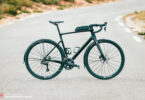At a first glance, you can hardly tell it apart from a normal road bike. With the Orbea Gain electric road bike the Spanish brand are aiming to democratise access to the road market. We tested this € 3,399 Orbea Gain D10 to determine if this simple yet innovative concept works.
For more information about electric road bikes head to our review on the Focus Project Y. Right here you can find our answer to the question: are we ready for the electric-road-bike-revolution? Moreover here are our 5 most important things we’ve learnt about electric road bikes.
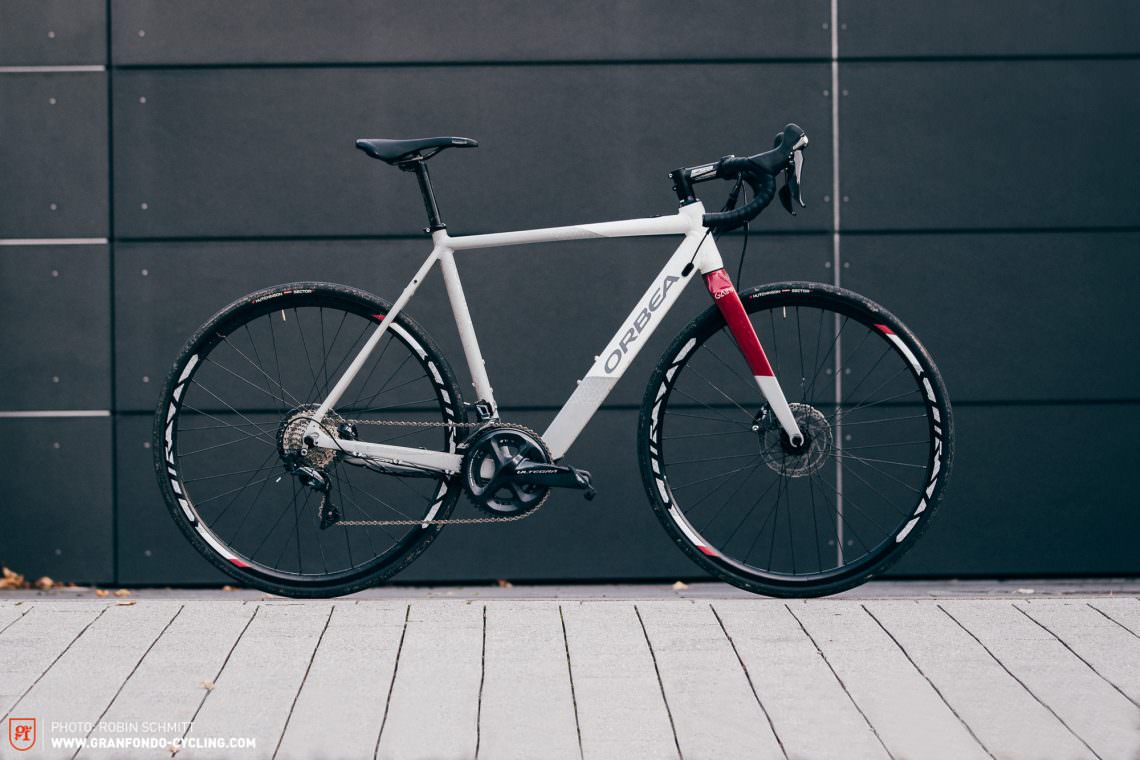
More time riding, more fun, more range, more power, or even more KOMs – that’s what the Orbea Gain D10 wants to give you. The goal for Orbea was to create an electrically assisted road bike that handles as closely as possible to a traditional, classic road machine.
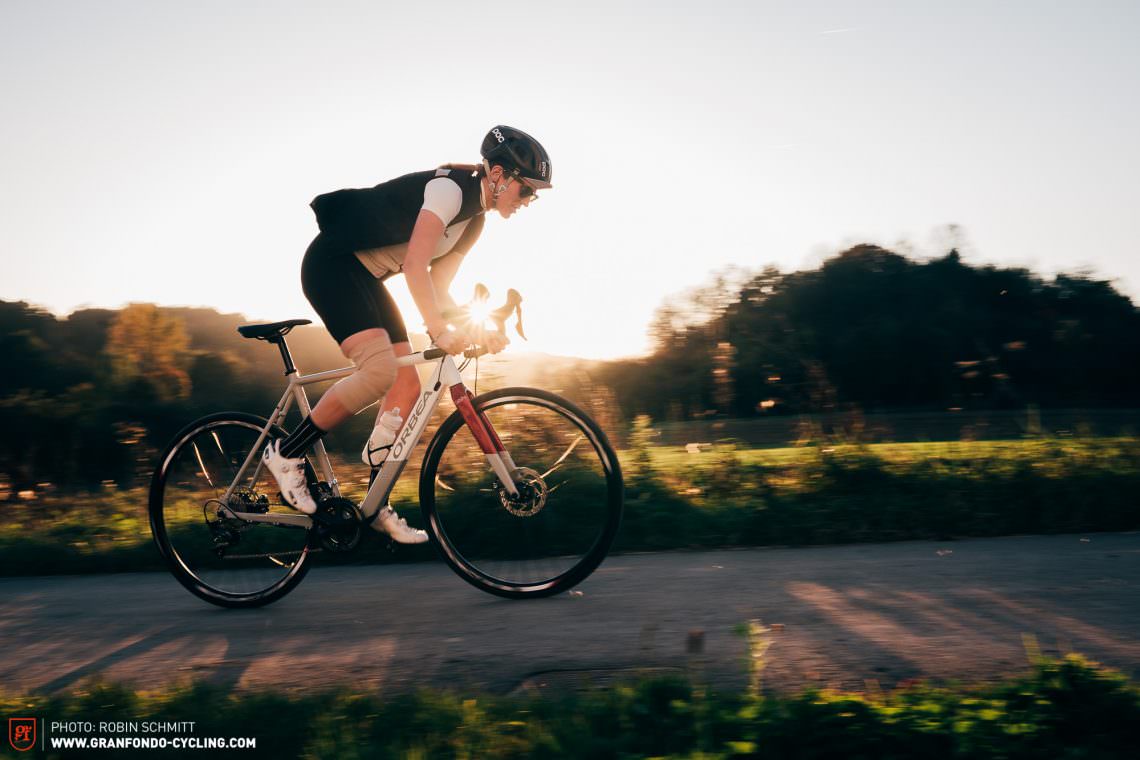
The brand’s concept is as follows: the rear wheel is built up around a hub-motor capable of providing 250 W power and 40 Nm torque. The Ebikemotion X35 motor draws its juice from a 250 Wh battery that’s integrated neatly into the down tube of the aluminium frame. A button on the top tube lets you select the amount of assistance you require, while simultaneously serving as a minimalist display, with different LED colours showing the remaining battery level and the motor assistance mode selected. There’s also a smartphone app which can be used as a display to show performance and riding data. The logged rides can be uploaded directly to Strava – and don’t worry, Strava has its own e-bike category.
Technology direct from the auto industry
Ebikemotion is part of the car parts supplier Stagemotion, which is part-owned by German manufacturing giant Mahle. The total weight of the € 3,399 top-end model, equipped with a Shimano Ultegra groupset that we tested is 13.65 kg, although the robust aluminium frame and components mean there’s still potential for weight reduction.
The Orbea Gain D10 in detail
Drivetrain Shimano Ultegra 2×11
Wheelset Airline Corsa
Brakes Shimano Ultegra
Tires Kenda K1098*
Motor/Battery Ebikemotion X35/Ebikemotion 250-Wh-battery
Weight 13.65 kg
Price € 3,399
* On our testbike: Hutchinson Sector28
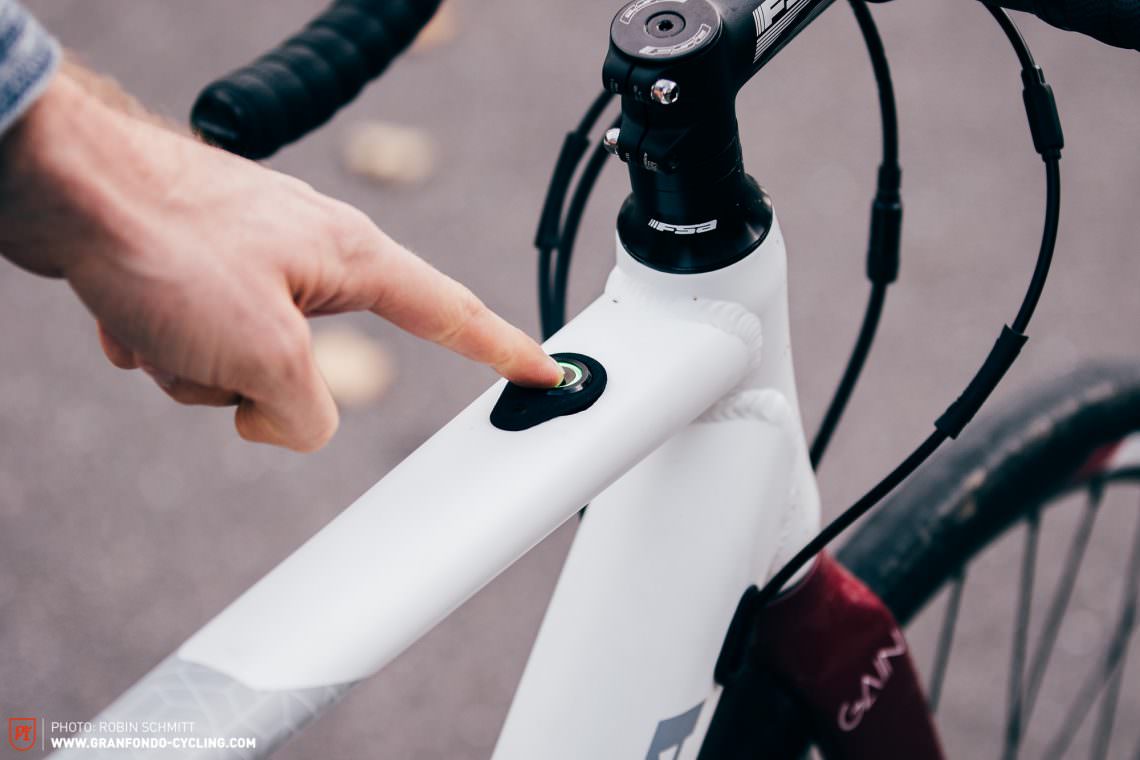
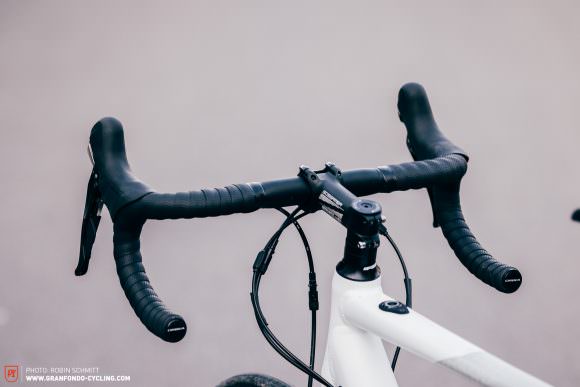
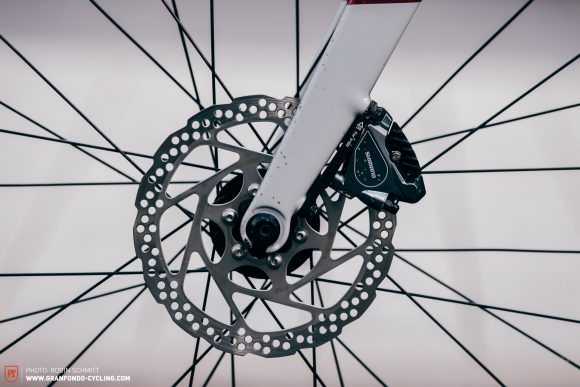
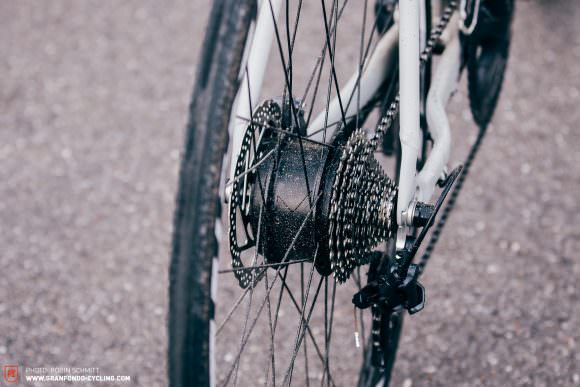
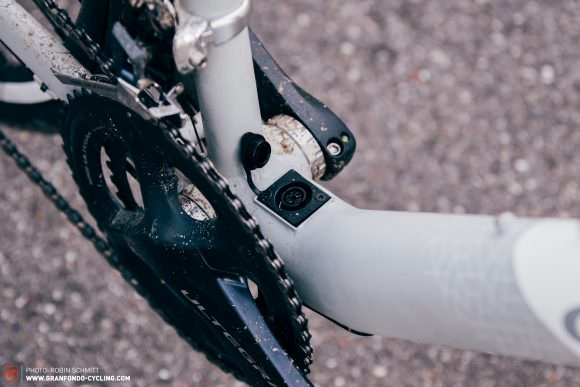
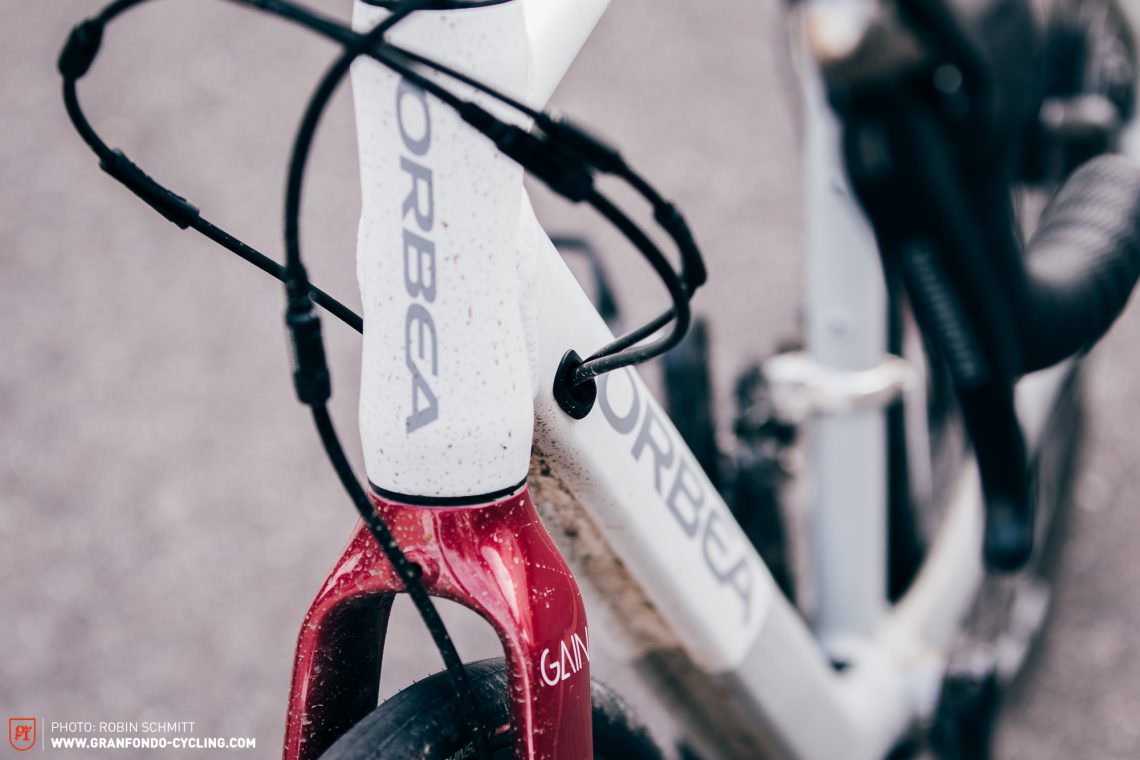
Geometry of the Orbea Gain
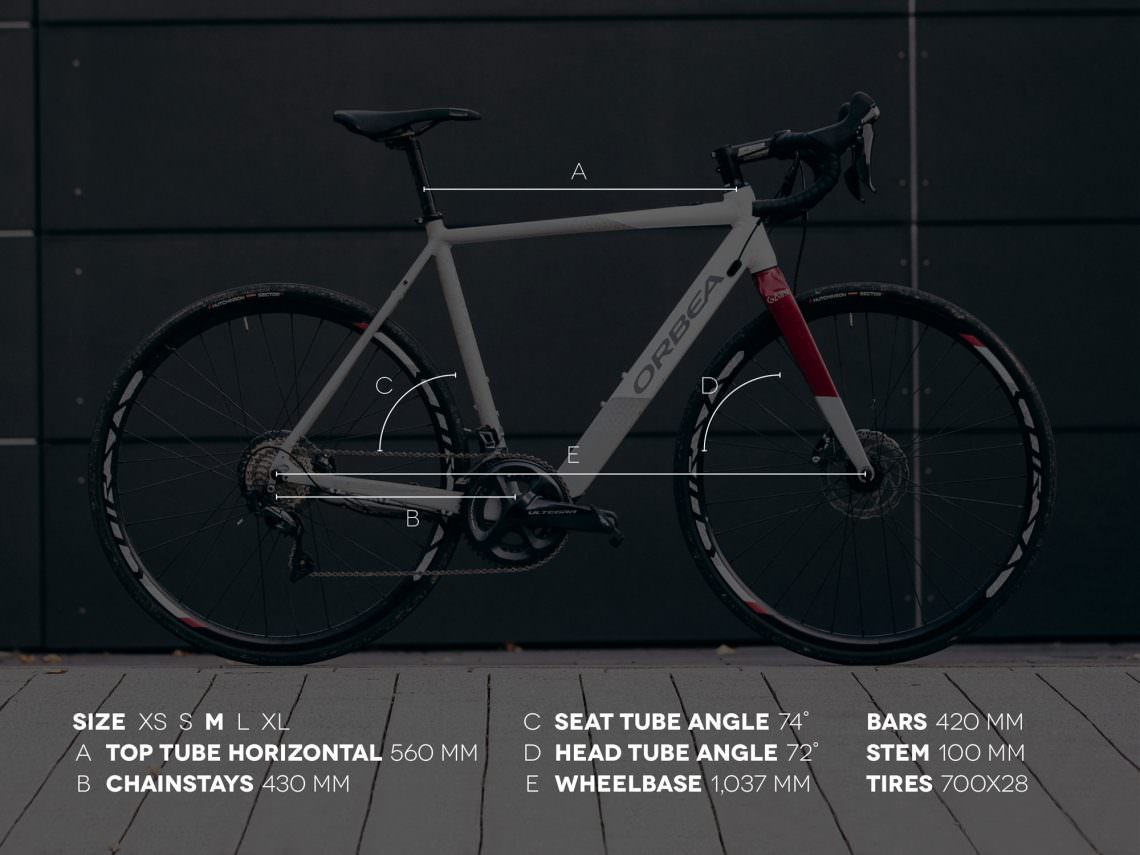
The Orbea Gain on Test
A well-defined click of the top tube button turns the Orbea Gain on. A white LED lights up and confirms that the battery is at least 80 % full. With each subsequent click you can cycle through the different assist modes. Green is the lowest level, orange the middle, and red signifies maximum power assist. The app lets you fine tune the assistance provided by the different modes. During testing we had some problems maintaining the Bluetooth connection required for the app. For fine-tuning the motor this isn’t a huge problem, but it’s annoying for real-time tracking and analysis during riding. According to Orbea this problem will be solved through a bluetooth signal amplifier guaranteeing a constant connection. Controlling the system via the button on the top tube has a very easy learning curve in practice – as soon as you’re clear on the concept it’s simple to use – even while riding.
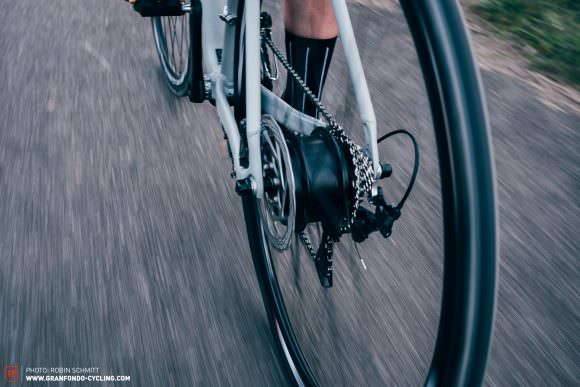
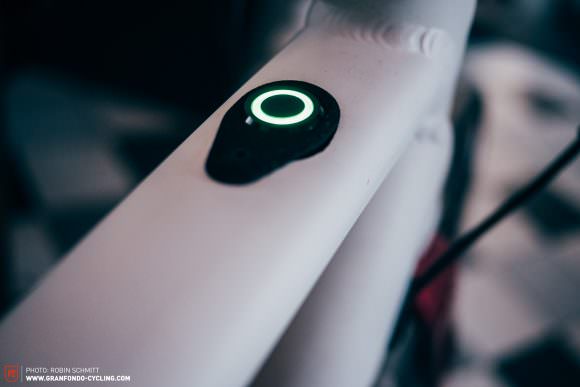
More time riding, more fun, more range, more power, or even more KOMs – that’s what the Orbea Gain D10 wants to give you.
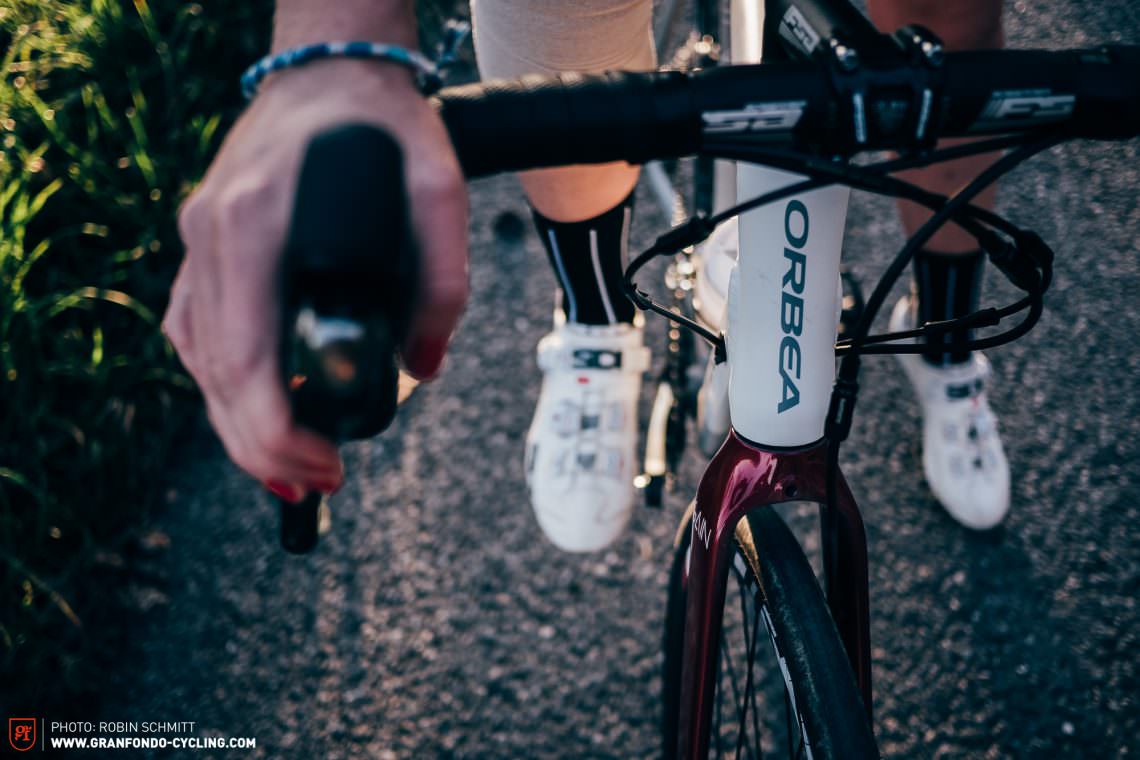
Motor performance and handling
The Ebikemotion X3 hub motor feels very natural and is noticeably quieter than other examples, like the Fazua motor on the Focus Project Y. It provides consistent support over a wide range of cadences. Going uphill even the lowest assistance level provides decent amounts of power. In the maximum setting it’s totally feasible to keep up with even the fittest of riders. The difference between the assistance settings is quite obvious. However, it’s on the flats where you start to meet the limits of this concept – at 25 km/h the motor cuts out. Even though this happens very smoothly, without any motor assistance you feel like you’re constantly pedalling into a slight headwind. The additional weight of the rear wheel is noticeable both above 25 km/h, and affects the handling of the bike at any speed. Despite its stiffness and smooth running, when compared with a traditional road bike it’s a lot heavier, and because of the uneven weight distribution front and rear, less precise in the corners. It would also be nice to see better damped components – with the current spec the aluminium frame with the fitted aluminium cockpit isn’t hugely comfortable. In addition, the extra weight of the motor, battery, and electronics is noticeable when braking. While there’s good modulation from the Ultegra brakes and the 160 mm discs provide adequate stopping power, 180 mm discs would provide a great deal more security.

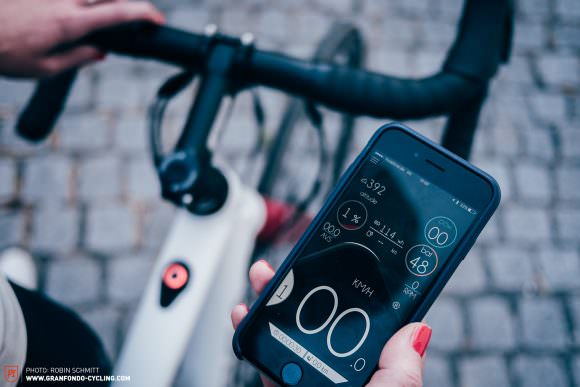
Thanks to the hub motor, changing gears is smoother than with conventional electric road bike setups because there’s a lot less torque running through the drivetrain. The motor control system is particularly noteworthy for a first iteration; it’s only the delay after you stop pedalling, where the motor continues to push for a little longer than usual that takes a while to get used to. As soon as you drop below the 25 km/h assistance limit, the motor kicks in again smoothly as well – good job!

Despite the natural and well integrated motor – there is one weakness in the system. The Ebikemotion X35 motor gets its input from 20 magnets in the cassette lock ring which are read by a sensor in the dropout. However, there’s no cadence sensor, which means the motor can’t take account of different pedalling speeds. Unable to base its support on your cadence, with lighter pedal strokes at lower cadences the motor has a tendency to override you, as it continues driving for around a second before resetting. It would also be helpful if the power input cut out quicker, especially when braking – currently, in some cases you have to fight not only the increased weight of the bike but also the delay in the motor-drive stopping.
Conclusion
The Orbea Gain is truly a revolution in road bikes. This first generation has required a lot of work and pioneering design, yet Orbea have put together a simple but very capable electric road bike. The well designed and clever integration is neat, the handling is good despite the uneven weight distribution of the bike, and most importantly it’s affordable. From € 1,899 you can call a Gain your own and make your move into the world of electric road bikes. The range of application is extremely versatile and will allow many riders to regain their freedom on a bike. However, performance oriented and fit riders will reach the limits of this concept.
Pros
– Natural motor control
– Design and integration
– Power button that doubles up as a display
– Smooth and easy gear changes under power
– Price
Cons
– Unbalanced weight distribution
– Limited comfort from the aluminium components
For more information head to orbea.com
For more information about electric road bikes head to our review on the Focus Project Y. Right here you can find our answer to the question: are we ready for the electric-road-bike-revolution? Moreover here are our 5 most important things we’ve learnt about electric road bikes.
This article belongs to the GRAN FONDO Issue #006. For the full interactive experience we recommend reading it in our magazine app for iPhone & iPad – it’s awesome – and free!
Did you enjoy this article? If so, we would be stoked if you decide to support us with a monthly contribution. By becoming a supporter of GRAN FONDO, you will help secure a sustainable future for high-quality cycling journalism. Click here to learn more.
Words & Photos: Robin Schmitt






